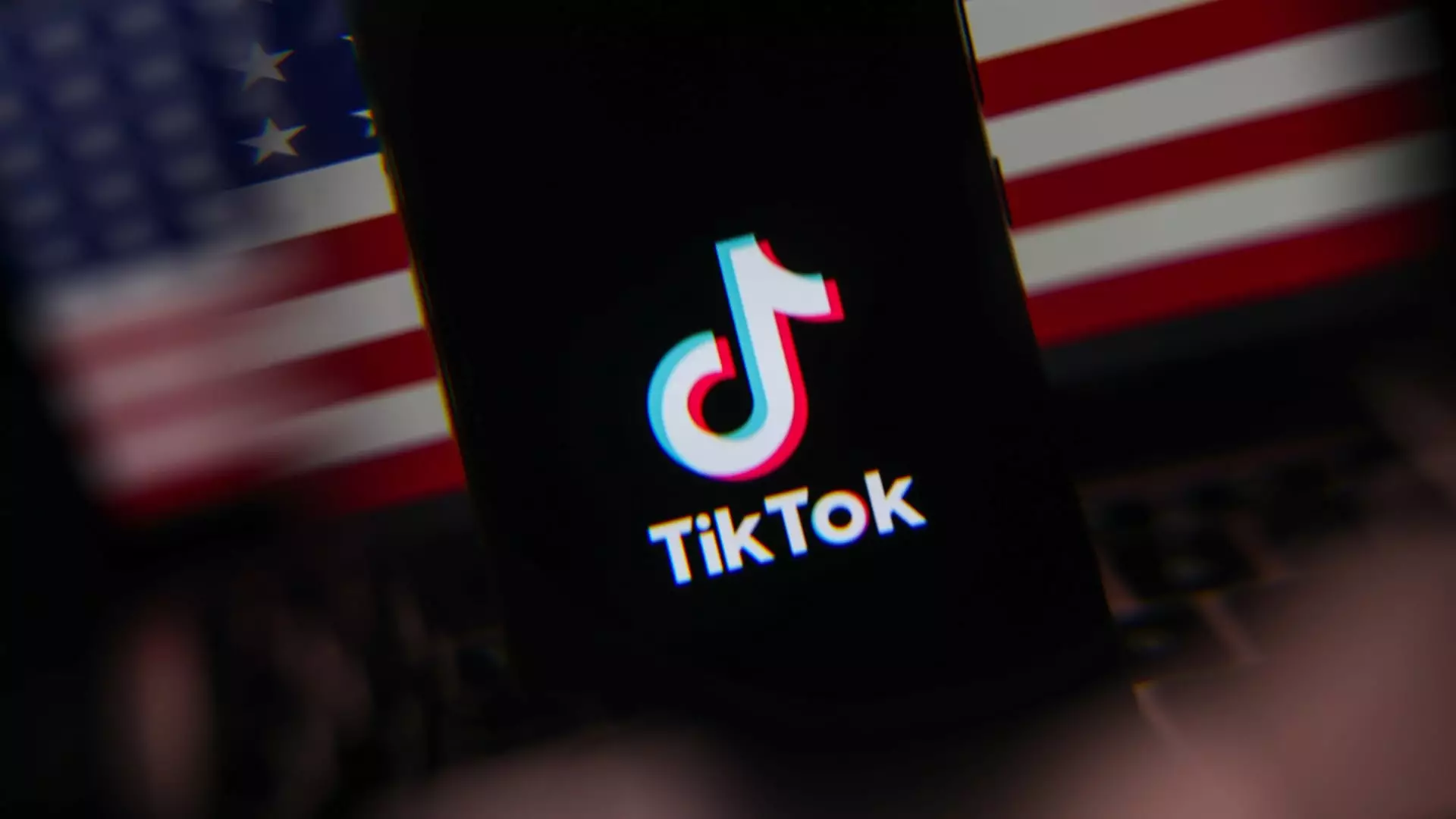On Thursday evening, TikTok made its comeback to the Apple and Google app stores, much to the relief of its millions of users in the United States. The Chinese-owned platform had faced removal from the digital shelves starting January 18, following TikTok’s suspension of services in the U.S. This action was in direct response to the enforcement of a national security law, which threatened a potential ban on the app unless ownership was transferred from its parent company, ByteDance, to an American entity. This incident reflects the ongoing pressures that foreign tech companies face in the U.S. market amid rising geopolitical tensions.
The legal backdrop to TikTok’s removal revolves around the Protecting Americans from Foreign Adversary Controlled Applications Act, signed into law by former President Joe Biden. The law mandated that ByteDance divest its U.S. operations by January 19 to avoid the application being effectively banned in the country. TikTok posited that this requirement infringed upon the First Amendment rights of its vast user base, which exceeds 170 million in the U.S. Conversely, the government has maintained that ByteDance’s ownership brings inherent risks related to data privacy and potential misuse by the Chinese government—a concern underscored by the Supreme Court’s support of the administration’s stance earlier in January.
The Supreme Court’s endorsement of the Biden administration’s position underscores significant national security concerns rooted in the data collection practices of foreign-owned applications. By asserting that divestiture was essential, the court amplified the tensions surrounding TikTok and similar platforms. This ruling has not only legal but social implications, stirring debate amongst users and privacy advocates regarding the intersection of security measures and rights to free speech.
Despite the month-long absence from the app stores, TikTok reportedly regained approximately 90% of its traffic, highlighting the platform’s resilience and the loyalty of its user base. This rebound is evidence of the platform’s ingrained presence in American digital culture, showcasing how deeply users engage with its features. The traffic data provided by sources like Cloudflare Radar reveals that even during the period of uncertainty, TikTok remained popular, thus demonstrating how user connections to social platforms are not easily severed.
Former President Trump’s intervention, where he expressed a desire for the U.S. to hold a stake in a potential joint venture to preserve TikTok’s operations, adds another layer to the narrative. His approach indicates a broader trend among politicians to seek compromise rather than outright bans. However, it raises questions about the nature of foreign investment in U.S. tech companies and what ownership should entail in the realm of national security.
Ultimately, TikTok’s recent reinstatement marks a pivotal moment in the ongoing dialogue about data privacy, user rights, and the complexities of operating a global social media platform within national borders fraught with suspicion. As these discourse continues to evolve, stakeholders will need to navigate the tenuous balance between security and accessibility, ensuring that user rights remain front and center in the shadow of policy changes.


Leave a Reply